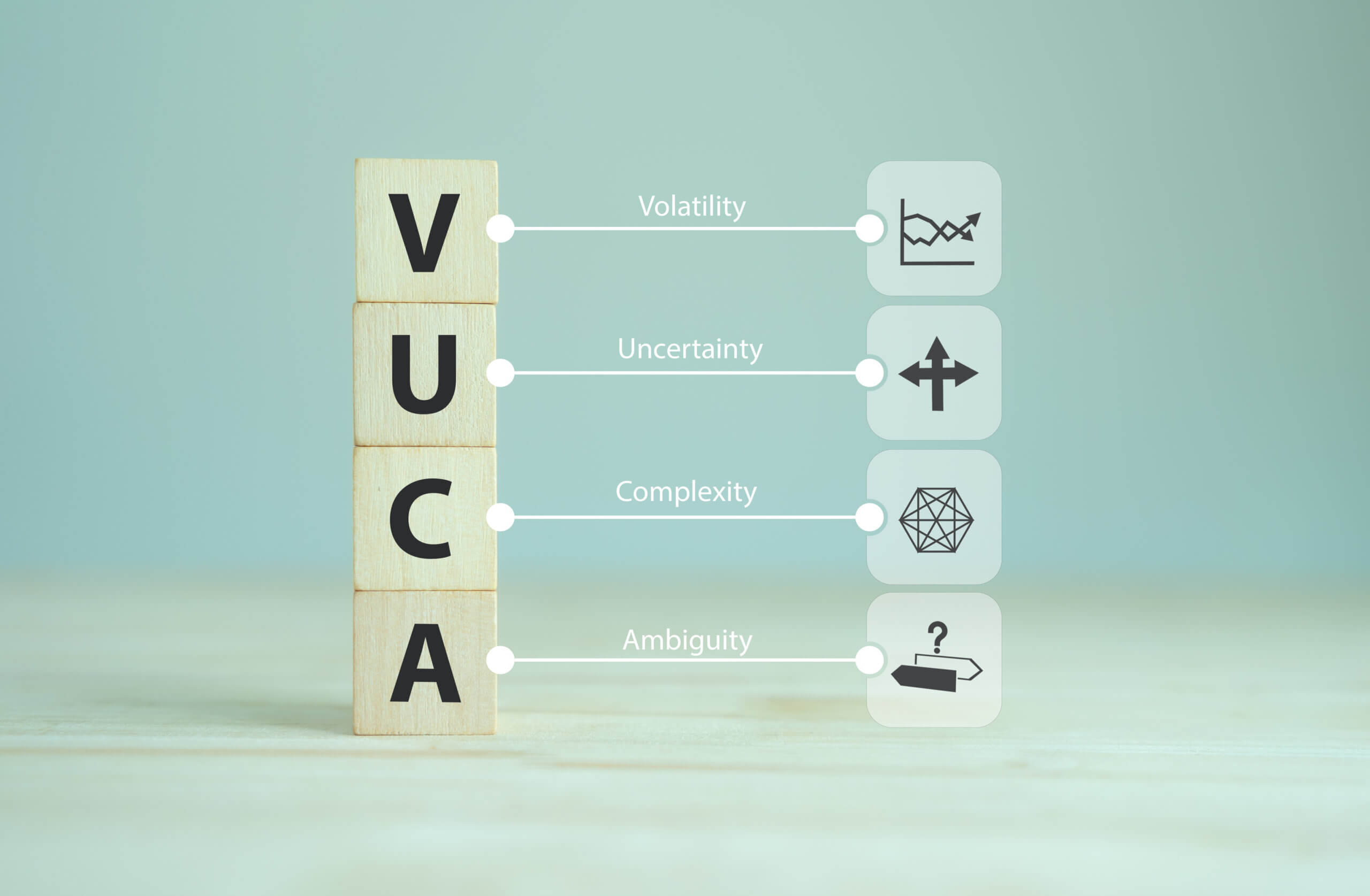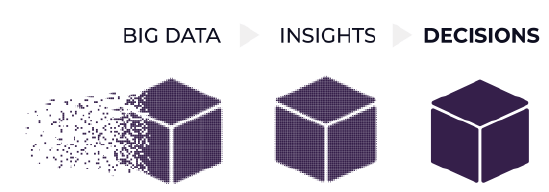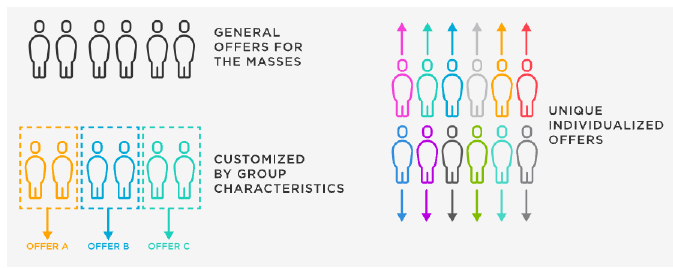The AI chatbot has multiple functions including answering questions in a human-like way, composing essays, describing art in great detail, creating AI art prompts and can even engage in philosophical conversations.
With AI now becoming a part of daily life this opens up a wealth of opportunities for businesses, but also a set of new challenges.
To showcase the capabilities of AI, I asked ChatGPT to come up with a song that summarised the key points in each section.
To first understand how AI can revolutionise convenience retailing, we must first understand the current market landscape.
“…the lyrics don’t directly reference AI and the convenience retail industry, the message is of overcoming challenges and coming out stronger on the other side…”
The predictions will come as little surprise to fuel and convenience retailers. EV and hydrogen cars are gaining popularity, governments are legislating to support the transition away from fossil fuels and forecourts all over the world are evolving with an increased focus on convenience.
Beyond the forecourt the world has never been as volatile as it is right now. COVID-19 and the war in Ukraine have created volatility and economic uncertainty. Combine this with wavering oil demand, increased EV adoption, the rise of carbon neutral fuels and consolidation of fuel retailers and the landscape can look a little crazy.

“…society is constantly evolving and change is inevitable…it reflects the idea that AI has the potential to revolutionise the convenience retail industry, but ethical and societal implications must be addressed.”
One of the key issues we are facing with technologies like deep learning and, to a certain degree, generative AI (like ChatGPT) is that we can’t explain how it came up with the solution it did.
From a business perspective being able to explain how the AI has come to a solution is essential in the change management process. By building AI models on smaller data sets this allows us to improve the decision making of the AI and enhances the autonomy in AI systems. Here is an example of how AI based fuel pricing works:


In this example of an AI model from PriceCast Fuel you can calculate the price elasticity of the supply and demand on station product level down to the minute. Like with generative AI, the AI is trained on samples, however these samples are engineered to keep their semantics such that the end user can gain an understanding of the reasoning behind the decision-making.

When the AI can start to explain how and why it is acting the way it is, it becomes more powerful.
“The song speaks to the idea of change and a new way of doing things, which is relevant to the potential of AI in the retail industry for implementing AI in their businesses.”
We know that we will need AI and we also know that first movers have the possibility of winner takes most, so how do we get real about implementing AI in our business?
Start with a clear focus on how to operationalise AI. With PriceCast Fuel the AI is capable of deciding on the individual prices of products, removing the responsibility and tedious tactical work of having pricing analysts set up various rules and defining distance to competitors.
There is no simple way to implement AI in an organisation. AI is a powerful tool capable of seeing multi-dimensional correlations. Having selected the right AI model we get superhuman capabilities and this can be hard to implement. Change management is critical for us when introducing PriceCast Fuel. We often start migrating the current pricing set-up as it stands and involve pricing analysts in the process.
Start small and be focused. Measure the effect of the AI and make sure it fulfils its purpose of delivering a compelling customer experience and results in the expected business outcome. With PriceCast Fuel, we do this by constraining the AI around business rules so that the pricing analysts can control the introduction of AI into the pricing step-by-step – allowing them to approve any price suggestions within familiar KPI’s.

By leveraging AI you can extract footfall data from your regular IP cameras. This allows you to trace the customer’s movements throughout the site. Is the person plugging in their EV car also going into the shop as well? Where in the shop? Is there dwell time anywhere?
Suddenly your video feed has become actionable data from which you, or another system can take decisions.
AI could also be used to create store planograms or even to price products in store based on inventory and ensure benchmark products are priced correctly.
Most importantly, AI can help you understand how, when and why customers engage with your business. Social media likes aren’t enough anymore – you need to understand the intention of each and every customer on your forecourt. When you know that, you can transform this knowledge into business actions, which in turn will help deliver a compelling customer experience.

KEY TAKEAWAYS
-
A Gloria Gaynor said “ I will survive” but to do so you must view volatility as an opportunity.
-
The time’s are a-changin’ – AI is already shaping the future.
-
Revolution – what can AI accomplish for you by making your data actionable?
